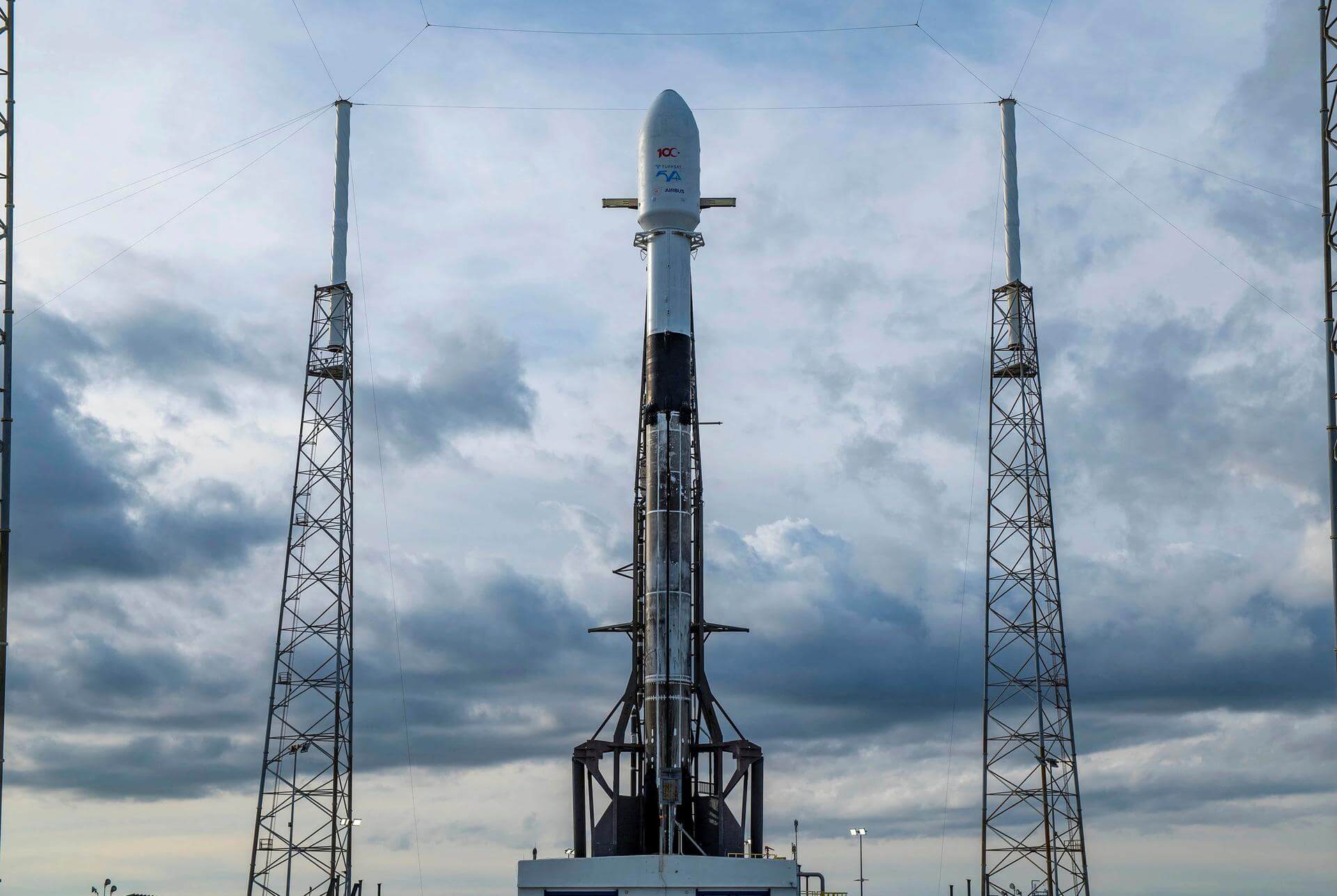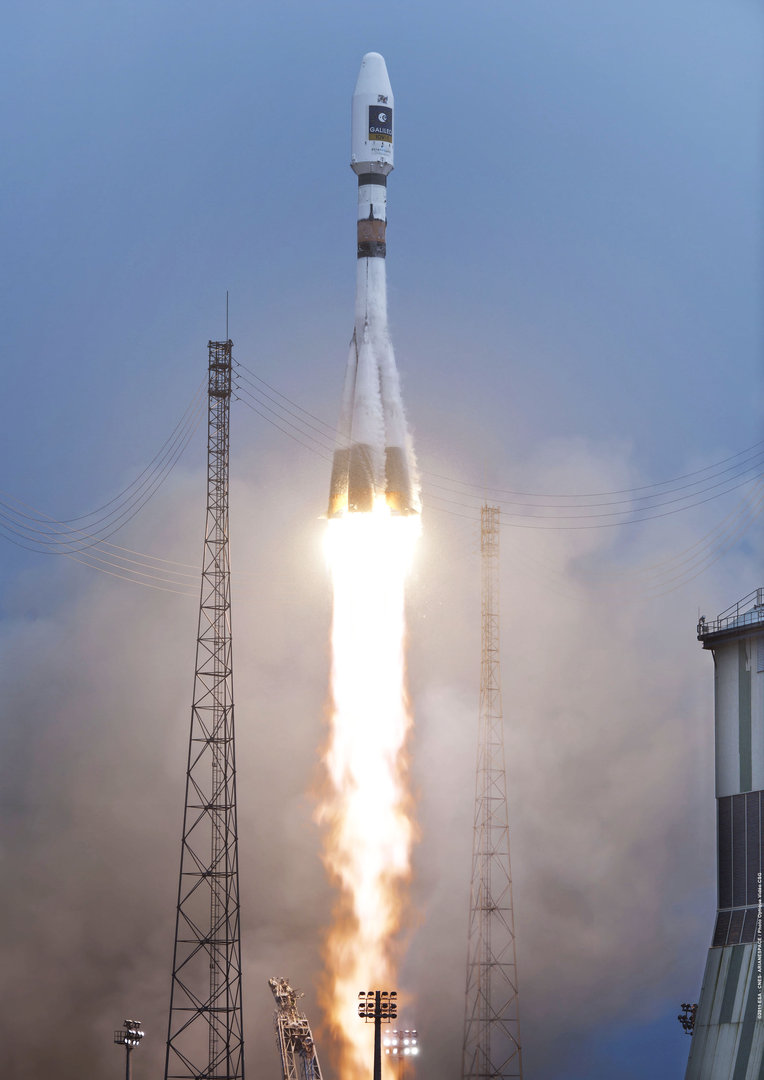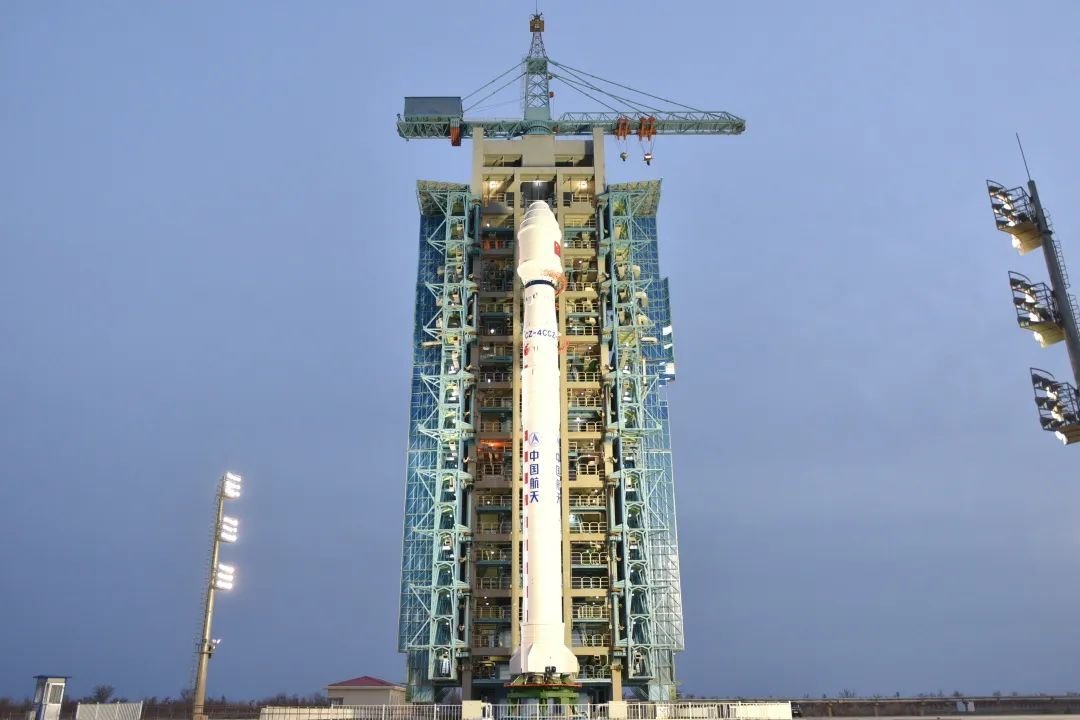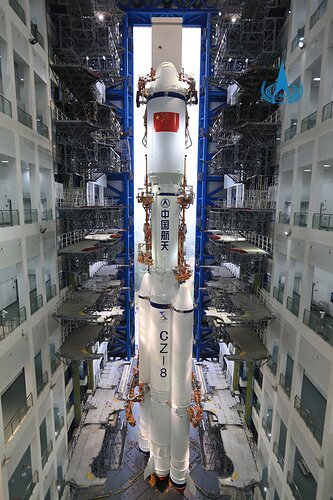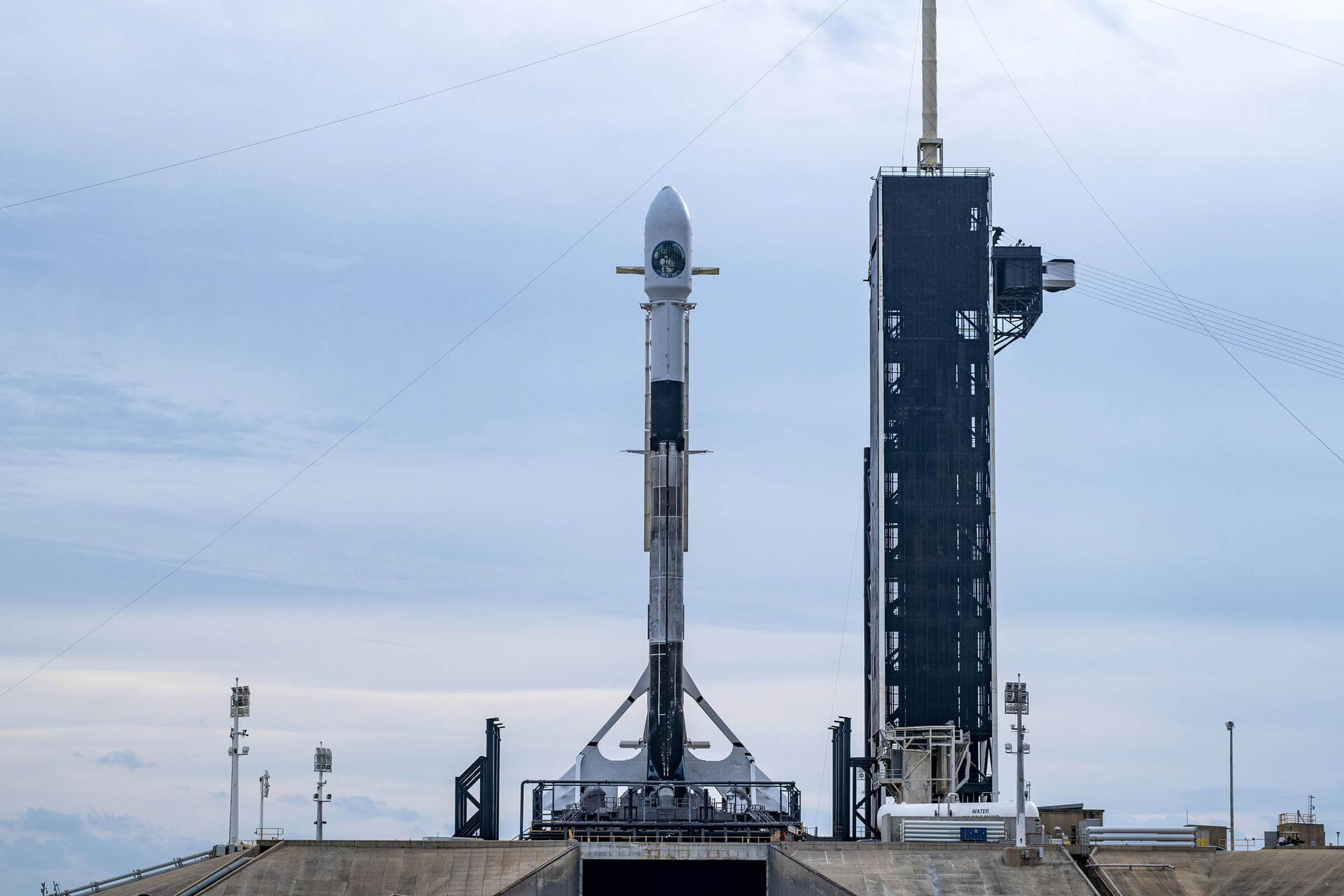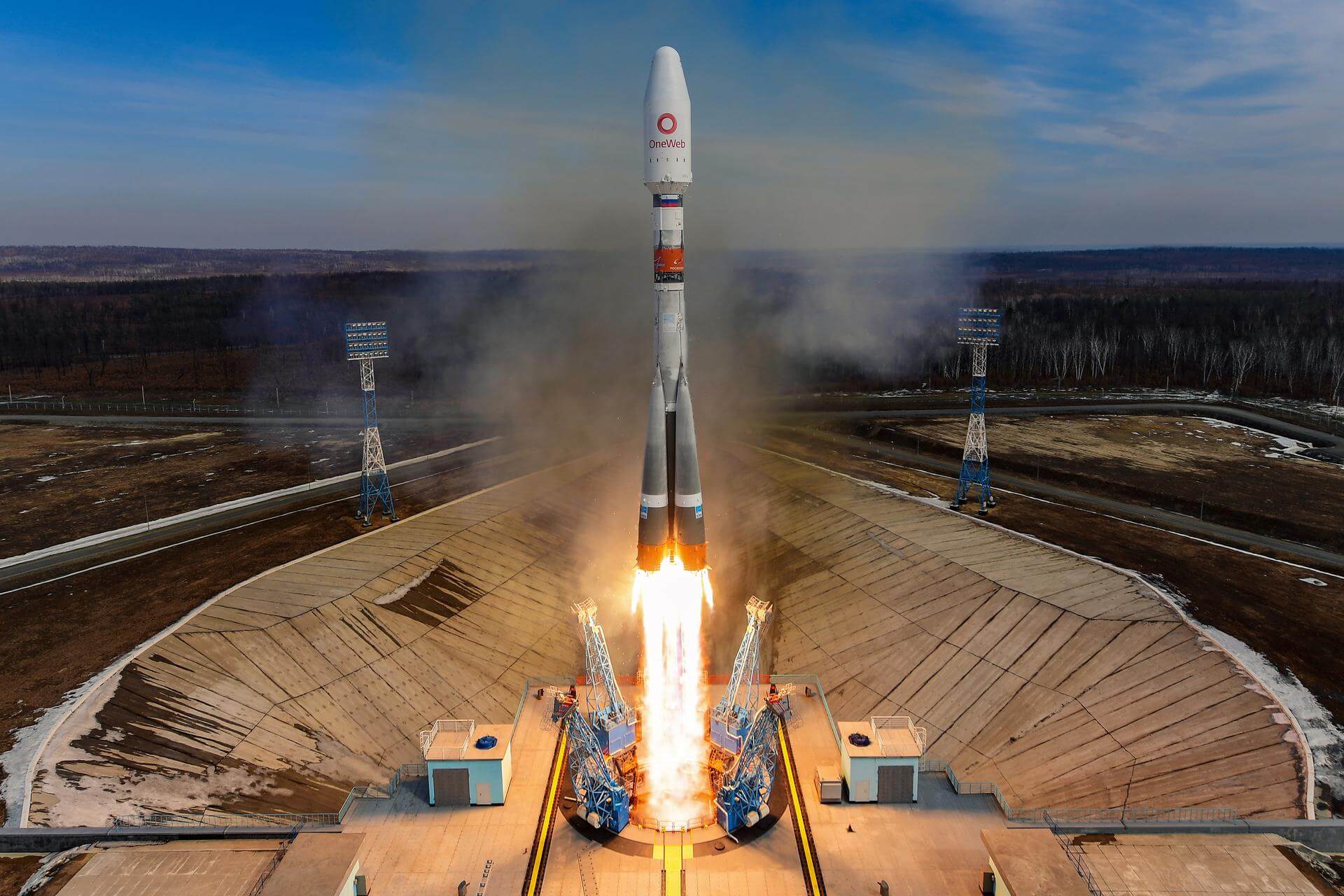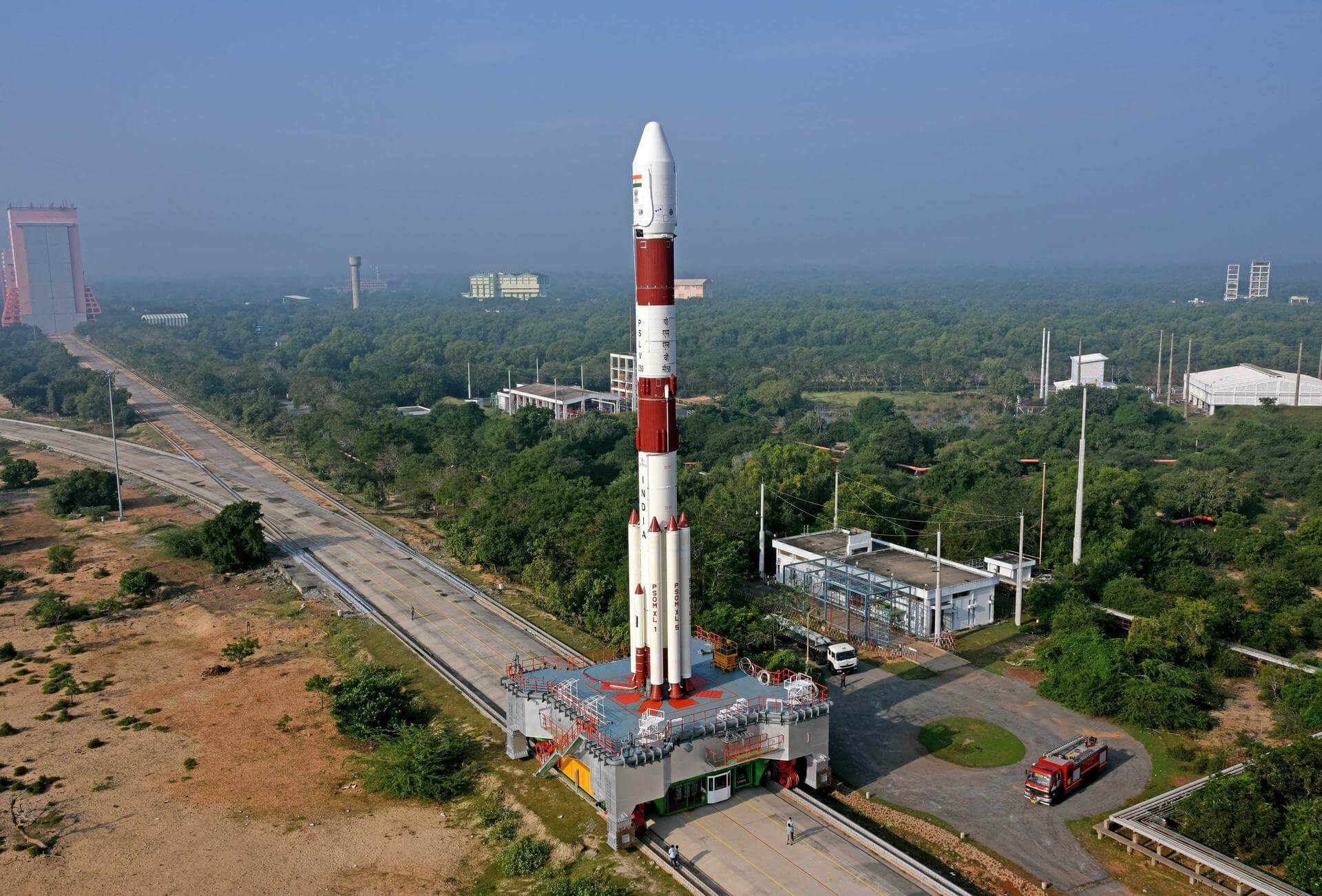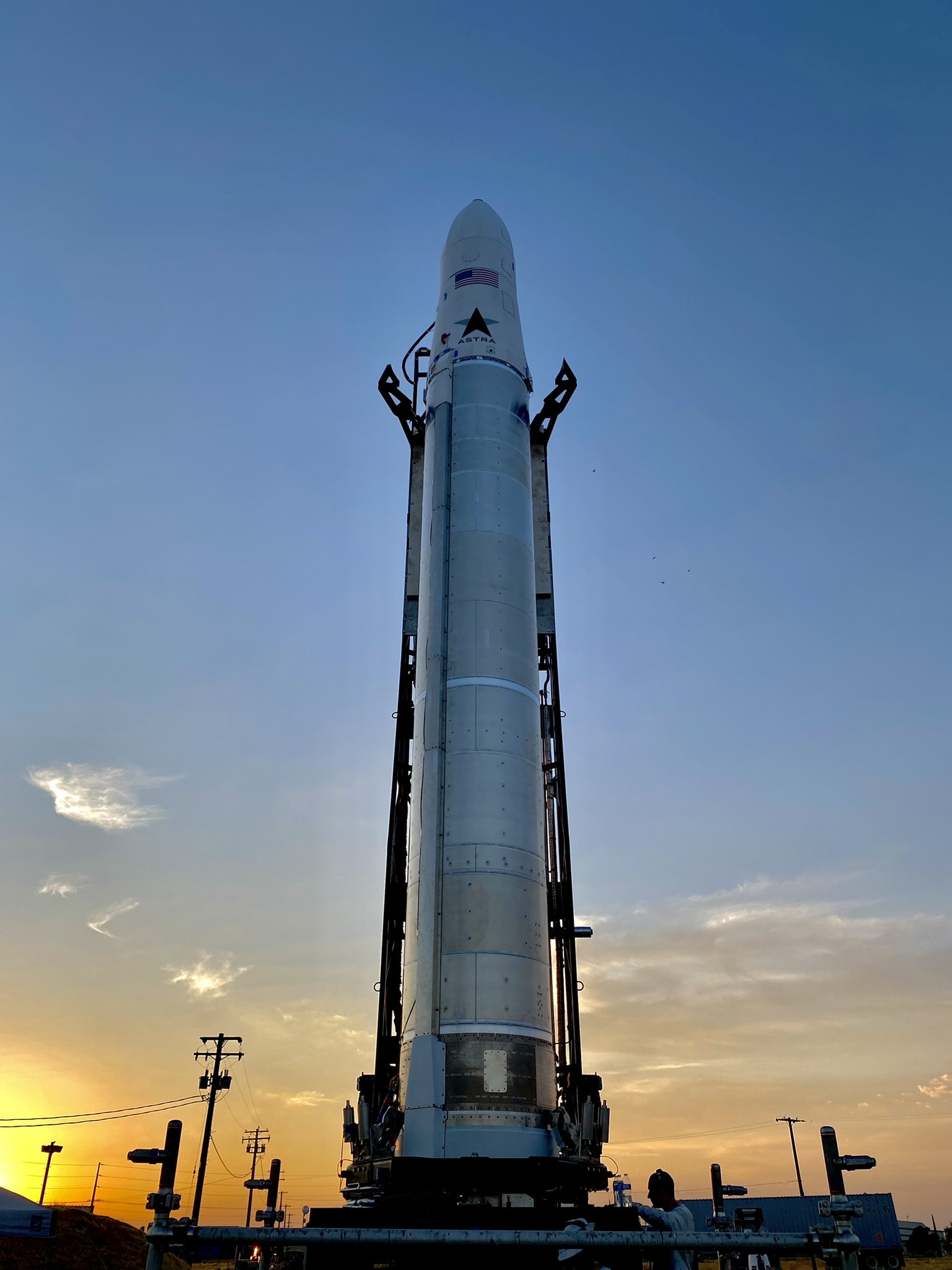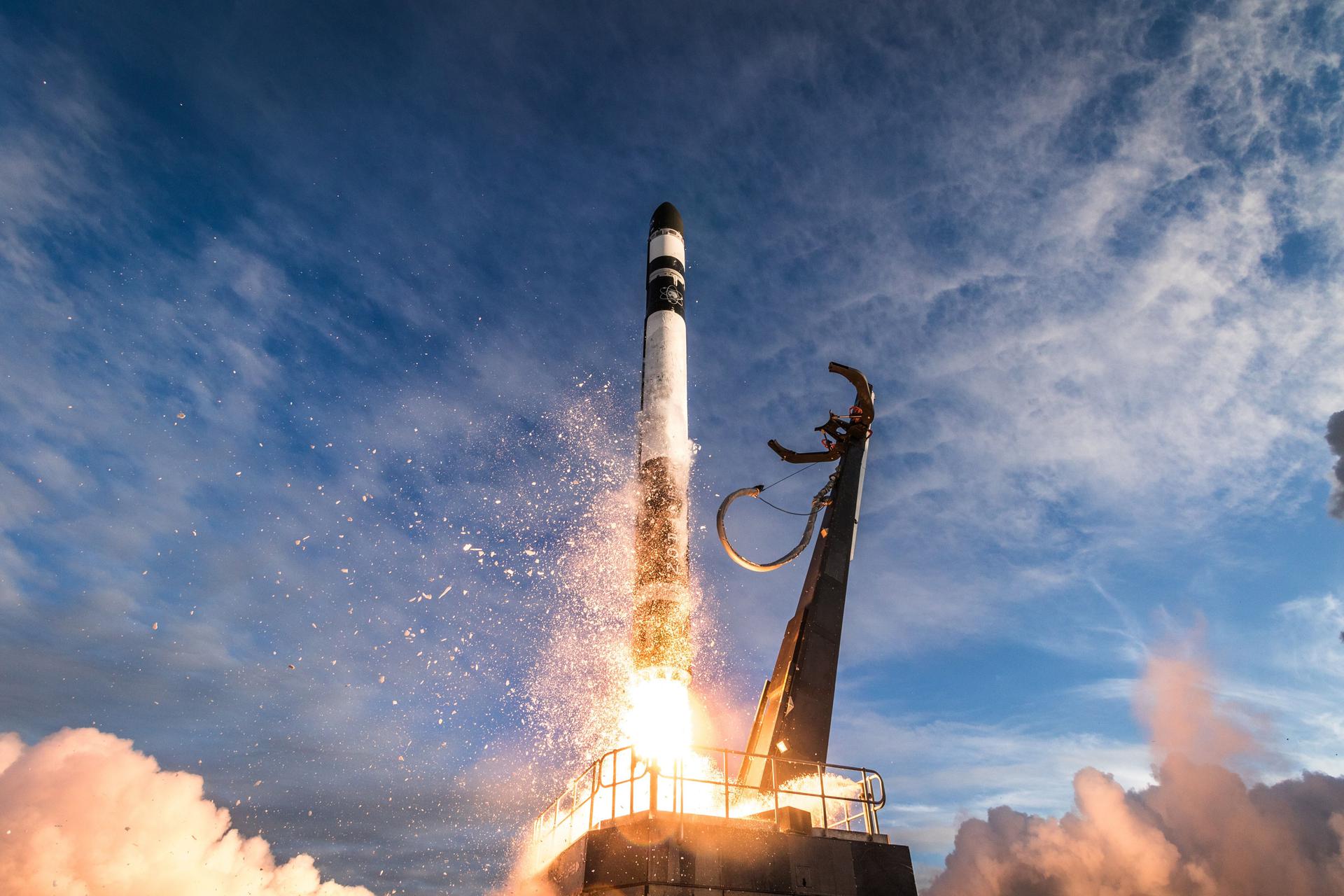Previous Spaceflight Launches
Filter by Agency, Locations or Vehicles
Show All LaunchesNew Shepard | NS-14
Blue Origin | United States of AmericaCorn Ranch, Van Horn, TX, USA
Jan. 14, 2021, 5:19 p.m.
Status: Launch Successful
Mission:
For this mission, the New Shepard crew capsule will be outfitted with upgrades for the astronaut experience as the program nears human space flight. The upgrades include improvements to environmental features such as acoustics and temperature regulation inside the capsule, crew display panels, and speakers with a microphone and push-to-talk button at each seat. The mission will also test a number of astronaut communication and safety alert systems. The capsule will be outfitted with six seats, including one occupied by Mannequin Skywalker.
Suborbital NS-4 - Maiden Flight Corn Ranch Landing Pad, West TexasFalcon 9 Block 5 | Türksat 5A
SpaceX | United States of AmericaCape Canaveral SFS, FL, USA
Jan. 8, 2021, 2:15 a.m.
Soyuz STA/Fregat | CSO-2
Progress Rocket Space Center | RussiaGuiana Space Centre, French Guiana
Dec. 29, 2020, 4:42 p.m.
Long March 4C | Yaogan-33(R)
China Aerospace Science and Technology Corporation | ChinaJiuquan Satellite Launch Center, People's Republic of China
Dec. 27, 2020, 3:44 p.m.
Long March 8 | XJY-7 & others
China Aerospace Science and Technology Corporation | ChinaWenchang Space Launch Site, People's Republic of China
Dec. 22, 2020, 4:37 a.m.
Falcon 9 Block 5 | NROL-108
SpaceX | United States of AmericaKennedy Space Center, FL, USA
Dec. 19, 2020, 2 p.m.
Soyuz 2.1b/Fregat-M | OneWeb 4
Progress Rocket Space Center | RussiaVostochny Cosmodrome, Siberia, Russian Federation
Dec. 18, 2020, 12:26 p.m.
Status: Launch Successful
Mission:
A batch of 36 satellites for the OneWeb satellite constellation, which is intended to provide global Internet broadband service for individual consumers. The constellation is planned to have around 648 microsatellites (of which 60 are spares), around 150 kg each, operating in Ku-band from low Earth orbit.
Polar OrbitPSLV-XL | CMS-01 (GSAT-12R)
Indian Space Research Organization | IndiaSatish Dhawan Space Centre, India
Dec. 17, 2020, 10:11 a.m.
Status: Launch Successful
Mission:
CMS-01, formerly also known as GSAT-12R, is an Indian geostationary telecommunications satellite. It's designed to last for 7 years and will provide services in Extended-C band across Indian mainland, Andaman-Nicobar & Lakshadweep Islands.
Geostationary Transfer OrbitAstra Rocket 3.2 | Flight 2
Astra Space | United States of AmericaPacific Spaceport Complex, Alaska, USA
Dec. 15, 2020, 8:55 p.m.
Electron | The Owl's Night Begins (StriX-α)
Rocket Lab | United States of AmericaRocket Lab Launch Complex 1, Mahia Peninsula, New Zealand
Dec. 15, 2020, 10:09 a.m.
Status: Launch Successful
Mission:
StriX-α is a demonstration mission for Japanese company Synspective which plans to deploy a constellation of synthetic aperture radar satellites. For this mission, Rocket Lab will utilize a custom expanded fairing to encompass Synspective’s wide-body satellite – the first use of the expanded fairing options that Rocket Lab recently introduced.
Sun-Synchronous Orbit
